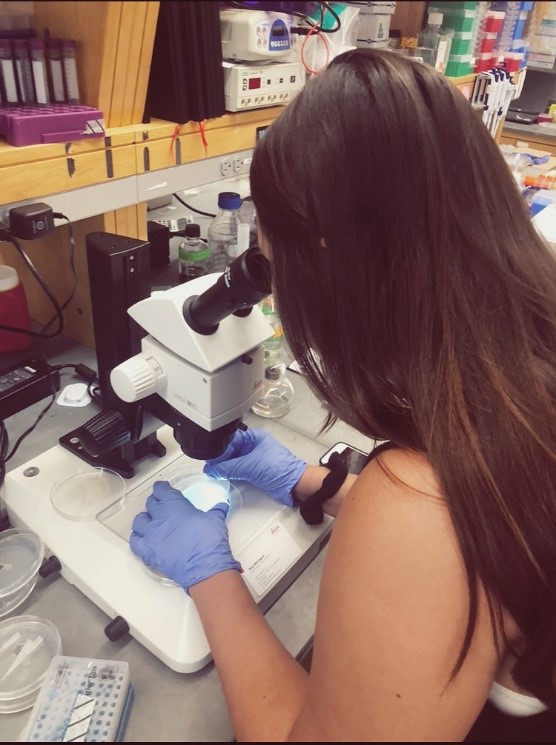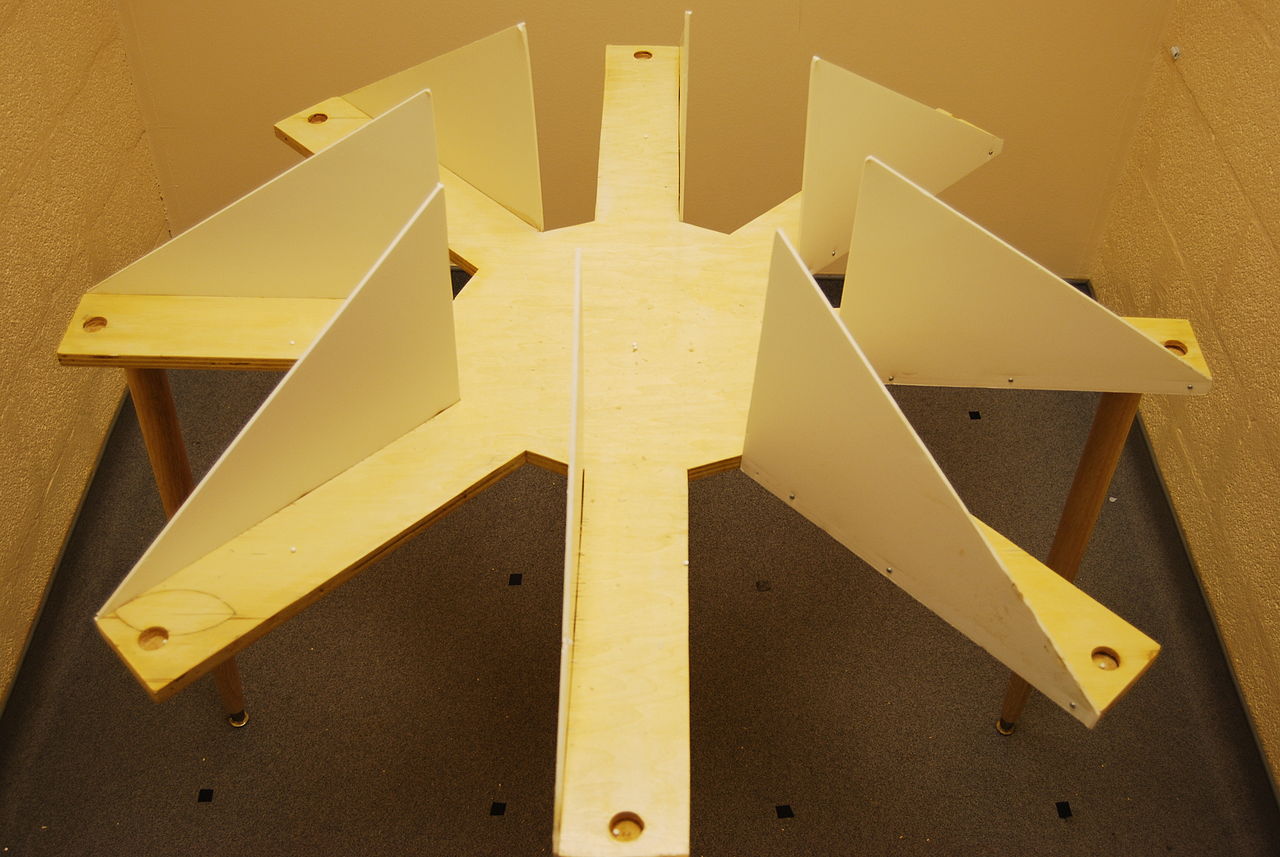By Emily Barefoot, Summer Research Intern, Meyer Lab
Close your eyes. Place yourself back in high school, in your freshman biology class. You may be drooling, half asleep, or possibly wondering “When will I EVER need this information in the ‘real world?’” You glance up at the projector screen showcasing an image of a eukaryotic cell, filled with cartoon-ish drawings of various organelles. You struggle to name them, let alone remember the function of each one. However, one phrase seems to make its way to the front of your brain. Like a distant, fond memory recalled by current events, you remember: “…the mitochondria is the powerhouse of the cell.” Turns out, that simple expression, perhaps the only detail you remember from that semester, is a whole lot more important than you might have realized when you were fourteen years old.

I was that student rolling my eyes, questioning why I needed to know about these miniscule organelles that I couldn’t even see. However, things changed for me this summer. Since I became an intern for Project 3 of the Duke University Superfund Research Center, I now understand why organelles, like the tiny mitochondria, are imperative for our survival.
Allow me to give a quick crash course on the functions and importance of the mitochondria. The mitochondria is an organelle, or specialized structure within a cell, responsible for producing most of the cell’s supply of ATP, a compound which energizes nearly every biological process in living organisms. Mitochondria also contain their own DNA (abbreviated as mtDNA). Mutations to mtDNA can lead to dysfunction in a variety of processes, including development, reproduction, and behavior. Many cardiovascular, neurodevelopmental, and neurodegenerative diseases have mitochondrial components, so it’s clear that damage to the mitochondria can impact conditions that cause significant, lifelong damage down the road. The question is, what targets mtDNA to cause such calamitous damage? After years of research, the consensus among scientists points increasingly towards the role of environmental pollutants.

This is where I come in! This summer, I have the privilege of working with Dr. Joel Meyer’s lab within the Duke Superfund Research Center to attempt to understand how certain Superfund chemicals affect mitochondrial and related processes in the model worm species Caenorhabditis elegans. We also want to observe how persistent these effects are in subsequent generations after the animals are exposed.
My project this summer is to assess if arsenic exposure to a parent generation of C. elegans at an early larval stage (L1) can lead to negative effects in reproduction (i.e. brood size), and if those effects are also present 1-3 generations later (also called F1-F3, as shown in the image below). Thanks to a generation time of only 3-4 days in C. elegans, I am able to complete one assay in about 3 weeks. Comparatively, it would take almost 100 years (about three human generations) to perform this experiment in humans!

As a Chemical Engineering student at North Carolina State University interested in drug development, I never would have imagined working in an environmental field of study. However, my short time with the Superfund program so far has shown me that there is a unique and crucial relationship between environmental toxicology and human health. I guess I should thank my freshman biology teacher for drilling the phrase, “The mitochondria is the powerhouse of the cell,” into my brain– it turned out to be an essential part of my job seven years later!






